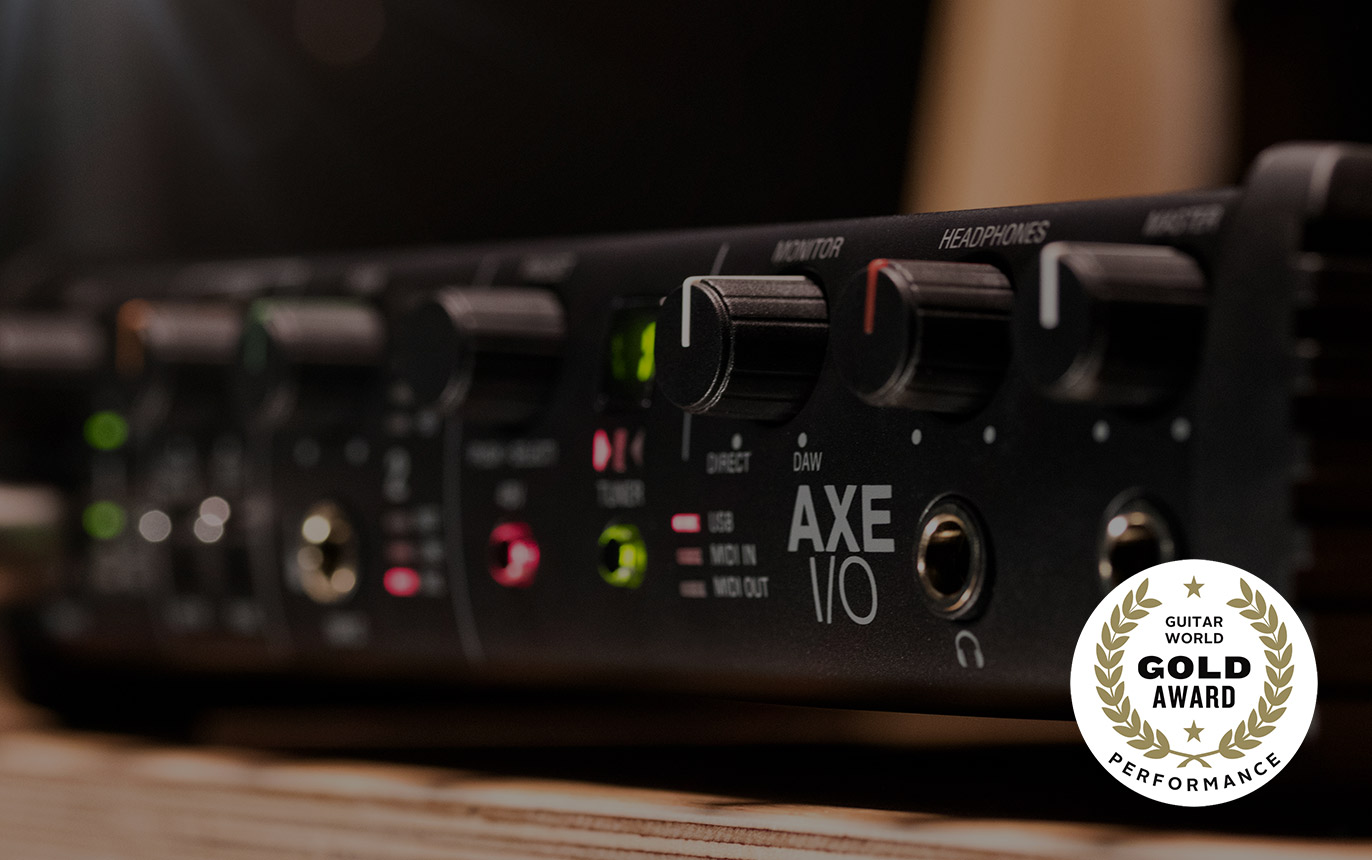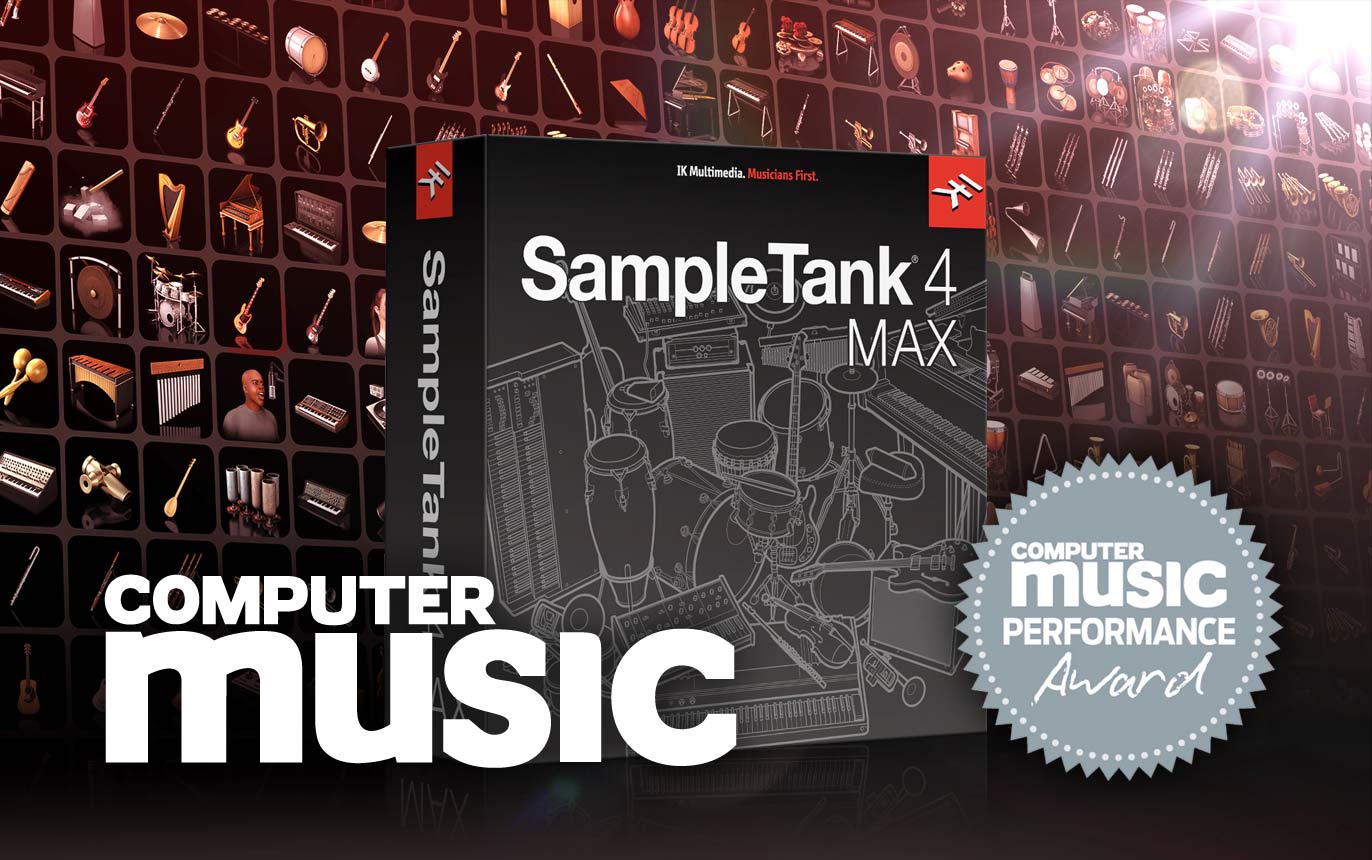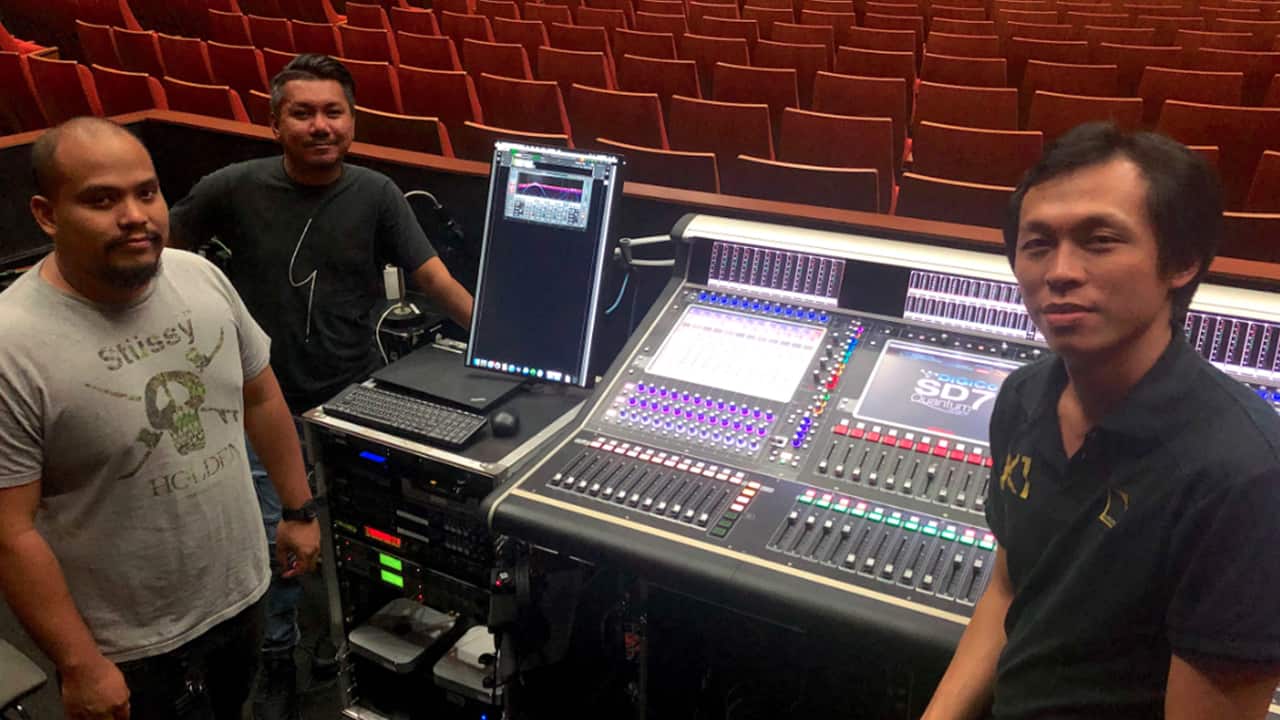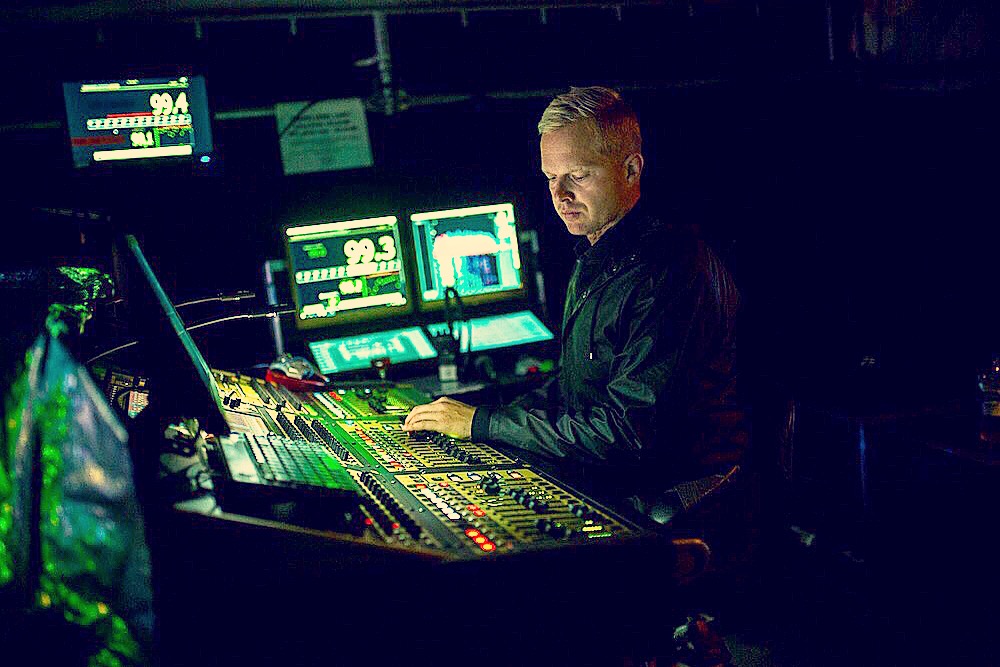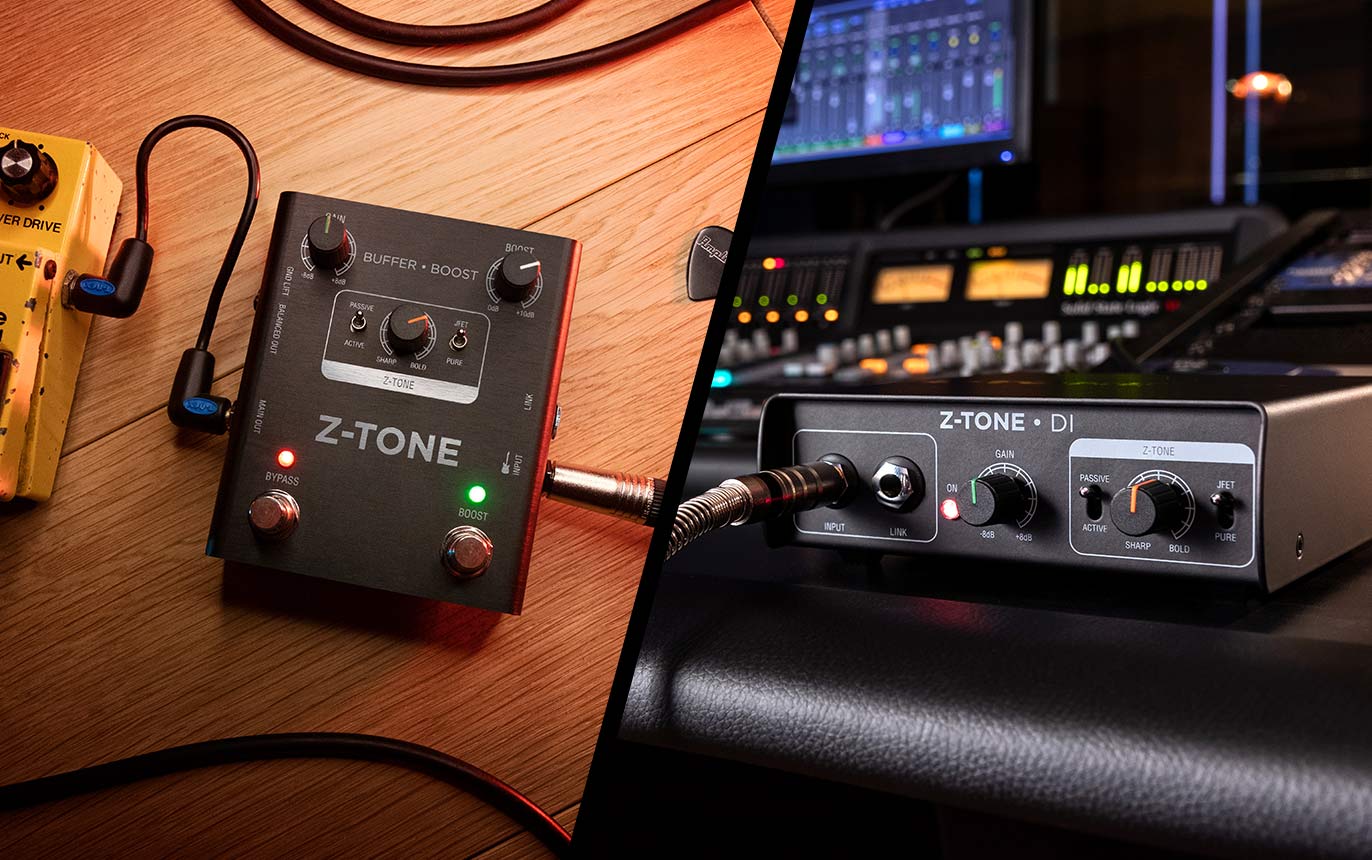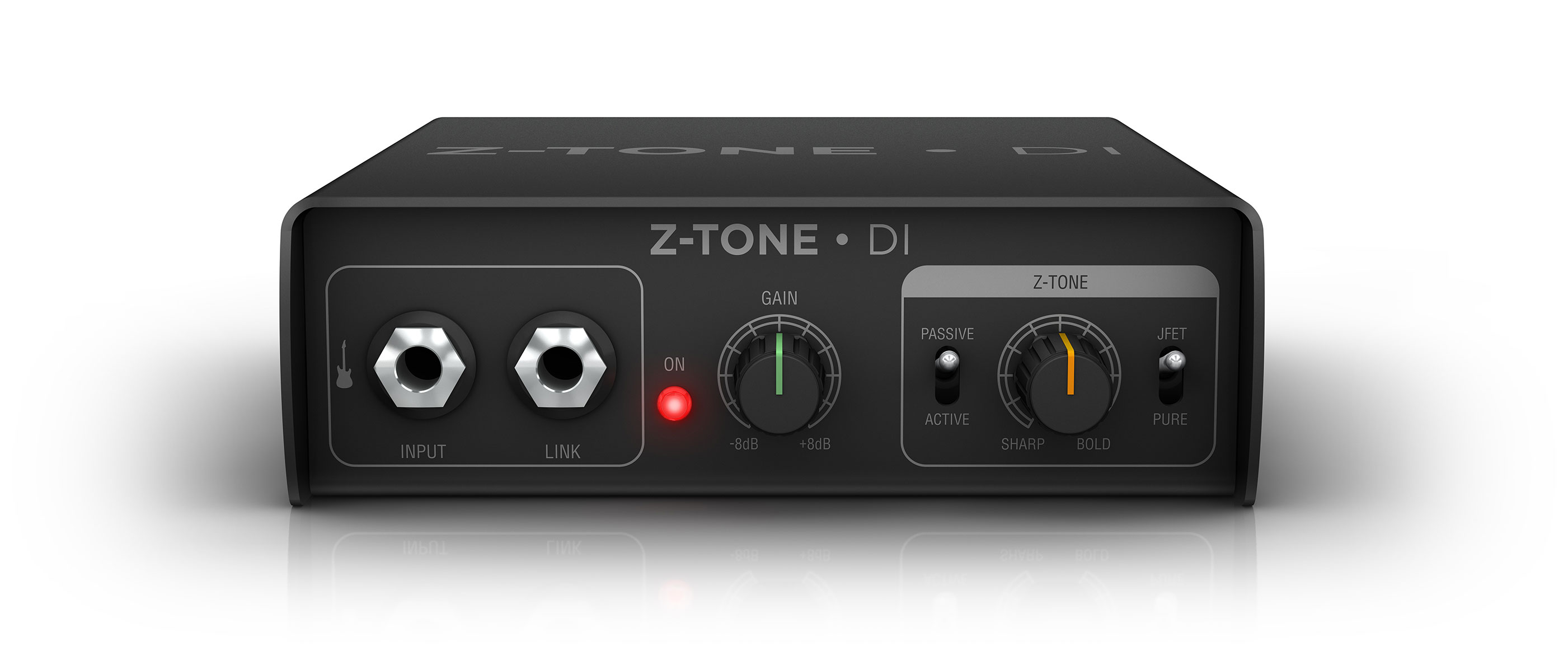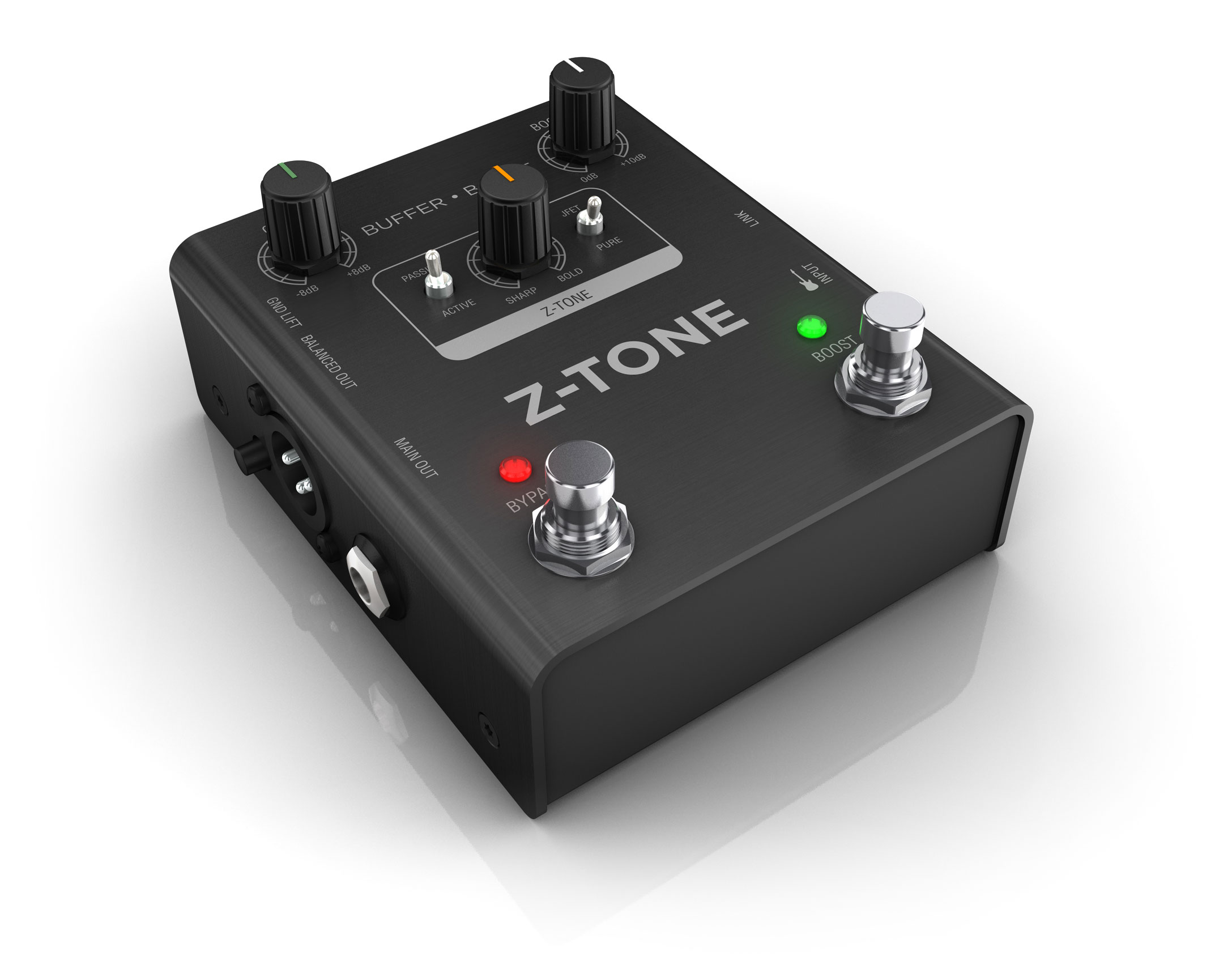The centerpiece of Milwaukee’s theater district, Riverside Theater, hosts an array of artistic performances. We spoke with the production team to see why they chose Waves eMotion LV1 for the venue.

Located in the heart of Milwaukee’s downtown theater district, the Riverside Theater accommodates all performing art forms. Recent productions have included concerts by the Milwaukee Symphony Orchestra, a Harry Potter music revue, the Music of Led Zeppelin symphonic concert, and a stop on Adam Sandler’s recent stand-up tour.
We’ve talked to key personnel from the theater’s audio team—Technical Director Simon Bundy, monitor engineers Kevin Gillson and Chris Adler, and FOH Engineer / Head of Audio Sam Donoghue—about their use of the Waves eMotion LV1 live mixer and Waves plugins for performances at Riverside Theater.

“We are using the eMotion LV1 software mixer in a setup that includes a four-screen custom Intel i7 computer, eight DiGiGrid IOXs, a Waves Extreme Server and an HP router with fiber option, all Cat 7,” says Bundy. “The transition to touchscreens is an inevitable evolution, and we wanted to be on the cutting edge of technology, not to mention the safety and familiarity of having all Waves plugins at hand, directly from within the software LV1 mixer.
“From a price point, the sound quality of eMotion LV1 is second to none; its flexibility of use and user-friendly custom layout and design, intuitive software architecture and the modular capability of the system allow for easy interchanging of its various components, and of course, low latency! The LV1 also gives us a more diverse toolkit for switching between bands, symphonies and DJ’s.”
FOH engineer Sam Donoghue took us through his favorite Waves plugins to use inside the LV1: “The CLA Classic Compressors can be used on any type of source to shape and control the character and tone in any way you can imagine, and a whole bunch you haven’t seen or thought of yet. The SSL G-Master Buss Compressor is a fantastic master buss comp that adds warmth and character to even the blandest source (e.g. poorly mixed tracks from a DJ). The H-Reverb Hybrid Reverb can model any reverb unit from the past, as long as you know what you’re looking for.”
“Since every theater has its own resonant frequencies,” Donoghue continues, “Waves tools shape the source material to fit into the sonic profile of the room, delivering a pleasing and beautiful mix to the audience regardless of the source. The diversity of Waves plugins always provides the right tool for the job. It’s that simple. If I need to de-ess a vocal while expanding the low mid to provide warmth and clarity to a comedian with poor mic control, I just pull out the Waves C6 Multiband Compressor and accomplish both tasks with ease and style. If I need to add a bit of grit to a DJ with overproduced tracks, I can pass it through an SSL compressor or channel, to provide some realism in an otherwise bland sound.”

Donoghue adds about the LV1, “The LV1 is a low-noise and low-latency powerhouse that delivers a pristine sound, and it puts all of the Waves tools at your fingertips at a moment’s notice without interrupting the signal. You can do anything at any time on a whim, to alleviate any problem you may come across.”
At monitors, Chris Adler also relies on Waves multiband compressors: “The C6 and C4 Multiband Compressors are very good at fixing difficult program material. They make it very easy to dial in multi-band dynamics to tame a nasty vocal. It’s also great at controlling horn sections. I love the SSL Buss comp on left and right. Using the eMotion LV1 on monitors, it is a super easy system to set up. Obviously, when working with multiple acts, the ease with which all console settings are saved to a file makes change-overs that much easier. With the DiGiGrid interface, the sound could not get much better. The LV1 is super easy to configure and to expand as well. All in all, it is a very capable and powerful mixing solution. What’s not to love?!”

“The C6 is great on a tough vocal or a buss compressor,” monitor engineer Kevin Gillson adds. “I use the SSL G-Master Buss Compressor on guitars or snares and a few others where the sound fits. The SSL-E-Channel is a great clean channel strip which I use on most inputs. The H-Reverb Hybrid Reverb has a lot of great sounding reverbs with a ton of presets by some of the top engineers out there! Its low DSP usage is also a huge added bonus!”
Gillson sums up about the eMotion LV1 mixer: “With the DiGiGrid IOX preamps, it just sounds amazing! Its warm yet detailed response is wonderful. Push up a fader and it already sounds really good! Makes an engineer’s job so much easier, and the flexibility makes it a dream to set up your desk to how you work best! We do so many different types of acts, that having the toolbox that Waves gives us as engineers makes it much simpler to configure your setup for each type of event and still work the way you are comfortable, knowing you can have what you need almost anywhere. An analog desk will have a hard time competing with the LV1’s flexibility. If you needed to have comps, gates, verbs, delays, harmonizers or different channel strips, it would be impossible without a huge rack and a massive patch bay. Waves brings the studio to the live world with a seamless interface.”
